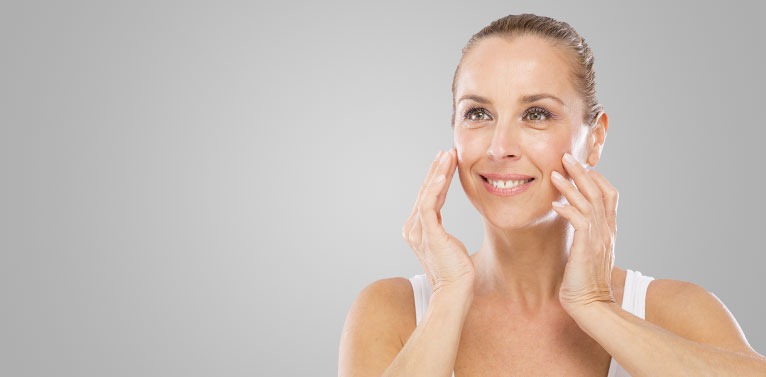
Microdermabrasion Sydney
Microdermabrasion is a non-invasive, skin rejuvenation procedure that works to gently remove the layer of dead skin cells from the outermost layer of your skin, called the epidermis.
This treatment is often used to help a number of skin conditions and complaints, such as acne. Additionally, one advantage of microdermabrasion is its anti-aging effect. By removed dead skin cells, treated areas show visible improvements in the tone, texture and colour of your skin. This can give you a smoother, glowing and more youthful appearance.
At Verve Cosmetic Clinic we now offer microdermabrasion treatment for our patients to transform the appearance of their skin.
What Happens during Microdermabrasion?
At Verve Cosmetic Clinic, we use the DermaSweep MD System for microdermabrasion. This innovative system is only made available to licensed medical practitioners and combines a precision brush tip exfoliation, topical solutions and adjustable vacuum pressure to give the most precise skin treatment available. Each session usually lasts between 40 to 60 minutes, which means patients will not be in the clinic for a long time.
There are three levels of skin resurfacing and DermaSweep offers options that are customised to a patient’s skin type, desired level of exfoliation and results. This treatment is best when a patient receives multiple treatments at intervals of two to three weeks. The level of treatment, as well as how many sessions of microdermabrasion that will be needed will be discussed during your consultation.
Does Microdermabrasion Hurt?
Microdermabrasion is a non-invasive procedure and it should not be painful or uncomfortable for patients. In fact, some people describe this treatment as relaxing. The tiny bristles gently exfoliate the skin and they are not vigorous or harsh. However, some people can experience a mild warming or tingling sensation during the procedure. But, most people describe this in positive terms and not something that is troubling to them.
Are there any Side Effects from Microdermabrasion?
There are minimal side effects after receiving microdermabrasion. Since the treatment encourages new skin cells, there may be a slight redness to the skin for the first 24 hours. However, this will fade by itself and the results of each session of microdermabrasion can be seen almost immediately. With just one session, you will see an improvement in your skin’s colour, tone and health, giving your face a fresh and youthful appearance.
Is there any Downtime Associated with Microdermabrasion?
There is no downtime associated with microdermabrasion. This means that you do not have to take any time off work or take time away from your normal schedule; it does not stop you from going about your daily activities right after since there are minimal side effects.
Who are Suitable Candidates for Microdermabrasion?
If you would like to revitalise and treat dull skin, as well as reduce fine lines and wrinkles associated with aging, microdermabrasion will be a suitable treatment for you. In addition, if you have skin conditions, such as acne, this treatment can be used to control it and improve existing acne scars. It is also a good treatment for sun-damaged skin, uneven skin tones, reducing large pores and for removing hyper-pigmentation and stretch marks.
Microdermabrasion is not the best option for everyone as certain skin types and conditions can be negatively affected by the treatment. Those with severe rosacea, cystic acne, eczema or dermatitis are not good candidates for microdermabrasion. For those who cannot undergo microdermabrasion, Dr Nasser will do an assessment and offer other alternative treatments that will not damage the skin.
To learn more about microdermabrasion options, contact us today for a consultation with Dr Alia Nasser, our leading female cosmetic practitioner in Sydney.
Book a consultation









